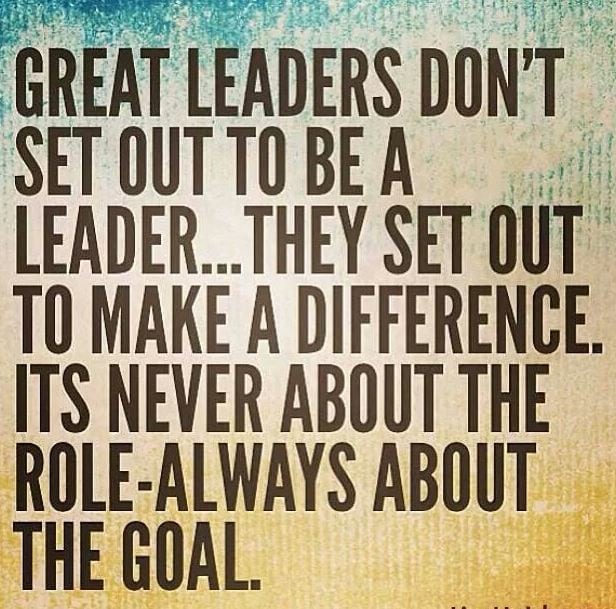
Religion of the Suburbs and the Doctrine of Sin: a Personal Pilgrimage…
March 30, 2016
Mental Health Services in WA Prisons Remain Contentious
March 30, 2016
The Productivity Commission report into Overcoming Indigenous Disadvantage (19 November 2014) contained both good and bad news.
It’s a comprehensive document which is used by governments and policy makers to address complex social issues using an evidence-based approach. Given its significance, it is perhaps surprising how little discussion the report has generated.
All Australians should be disturbed that Aboriginal people are imprisoned at 13 times the rate of non-Indigenous adults. From 2000 to 2013, the imprisonment rate for Aboriginal and Torres Strait Islander adults increased 57%, while the non-indigenous rate remained fairly constant, resulting in a widening of the gap.
The report of the Royal Commission into Aboriginal Deaths in Custody (RCIADIC) was presented about 25 years ago. It contained 339 recommendations that were fundamentally designed around reducing Aboriginal imprisonment rates. Clearly, there has been little progress with in relation to outcome based implementation of the recommendations.
Few people would argue the law should not be applied equally, but the rate of Aboriginal incarceration is an appalling statistic that needs to be addressed.
It’s sometimes the easy option for lawmakers to be perceived as tough and hard on crime. In many cases however, prisons are full of repeat offenders who have committed a series of relatively minor offences.
The ongoing incarceration costs a lot of money, which could potentially be better spent identifying and addressing the causes of problems.
The Productivity Commission report contained some good news in relation to life expectancy and education, but the overall impression is that significant disadvantage remains and much work needs to be done.
Addressing the underlying causes of crime is the best way to prevent Indigenous people and young people being locked up.
There is the clearest of evidence that people who come into the prison system are people who experience multiple and complex forms of social and economic disadvantage.
They are people who have lower education levels, low employment rates, inadequate housing – people with disability or experiencing mental illness.
So it is no accident that Aboriginal and Torres Strait Islander peoples, who are disadvantaged on every social and economic indicator, are also so significantly over-represented in the criminal justice system.
The fundamental question is does any Australian government have the political will, or desire, to reduce the numbers of Aboriginal and Torres Strait Islander peoples within Australian prison populations.
The evidence of more than 20 years of law and order campaigning that runs counter to implementation of the RCIADIC recommendations suggests otherwise.
There is ample evidence of what prevents crime and there is also ample evidence that ever increasing and harsher penalties do not.
There are policy solutions to address crime by focusing on the issues of poverty and disadvantage.
These solutions are based on data and evidence of what works, rather than ill-conceived law and order campaigns continually run by politicians.
Aboriginal and Torres Strait Islander people represent only 3 per cent of the total population, yet more than 28 per cent of Australia’s prison population.
At $100,000 per person per year, prison sentences are an expensive way to punish individuals and, at the same time, provide little in the way of rehabilitation and support that could help address the root causes of violent and unlawful behaviour.
There needs to be much more done to prevent crime in the first place. Such measures will not only be much more effective, but will also save millions of dollars wasted on correctional spending.
The countries that are most successful in reducing crime recognise that getting tangled up in the criminal justice system represents a failure of society rather than a personal failing.
People in prison are people for whom the educations system did not work, the health system has not been appropriate and as strange as it seems prisons end up being places where much more holistic and personalised support can be provided.
Every dollar spent on prisons is one less dollar available to invest in education, health, disability, housing, employment and other programs.
The best way to solve a community problem such as crime is to ask communities themselves.
Government responses must focus on empowering communities to take ownership and control over identifying solutions.
Pilot programs around Australia are putting this into action. But they are thin on the ground and generally under resourced.
There are also successful initiatives that can help individuals during their interactions with the criminal justice system.
By far, the simplest way of reducing the number of Indigenous people in prison is to reconsider prison as a sentencing option for minor crimes.
In many instances, sending a person to prison is unnecessary and can contribute to further involvement in the criminal justice system.
We need to rethink the costly practice of keeping people behind bars and consider more effective community options.
Prison should always be an option of last resort.
The over-representation of Indigenous people in jail must be closed within a generation, a coalition of organisations said, as it launched a campaign to tackle the causes of imprisonment.
The Change the Record campaign said levels were at “crisis point” and called for new approaches to address the high rates of Aboriginal and Torres Strait Islander people in the justice system and as victims of violence.
The campaign is calling on all levels of government to increase investment in early intervention, preventive and diversionary strategies, and to work in partnership with Indigenous people.
previously published 11/5/15



